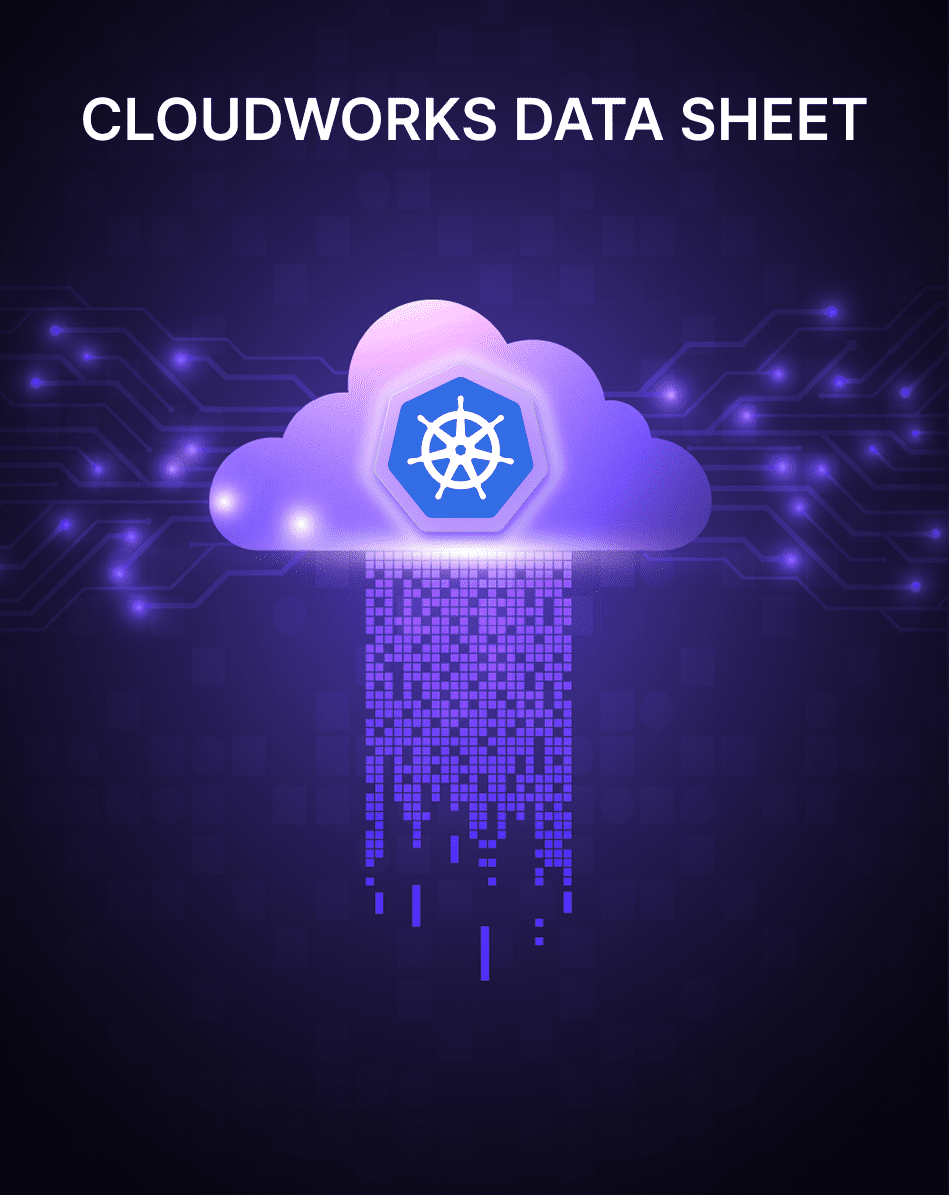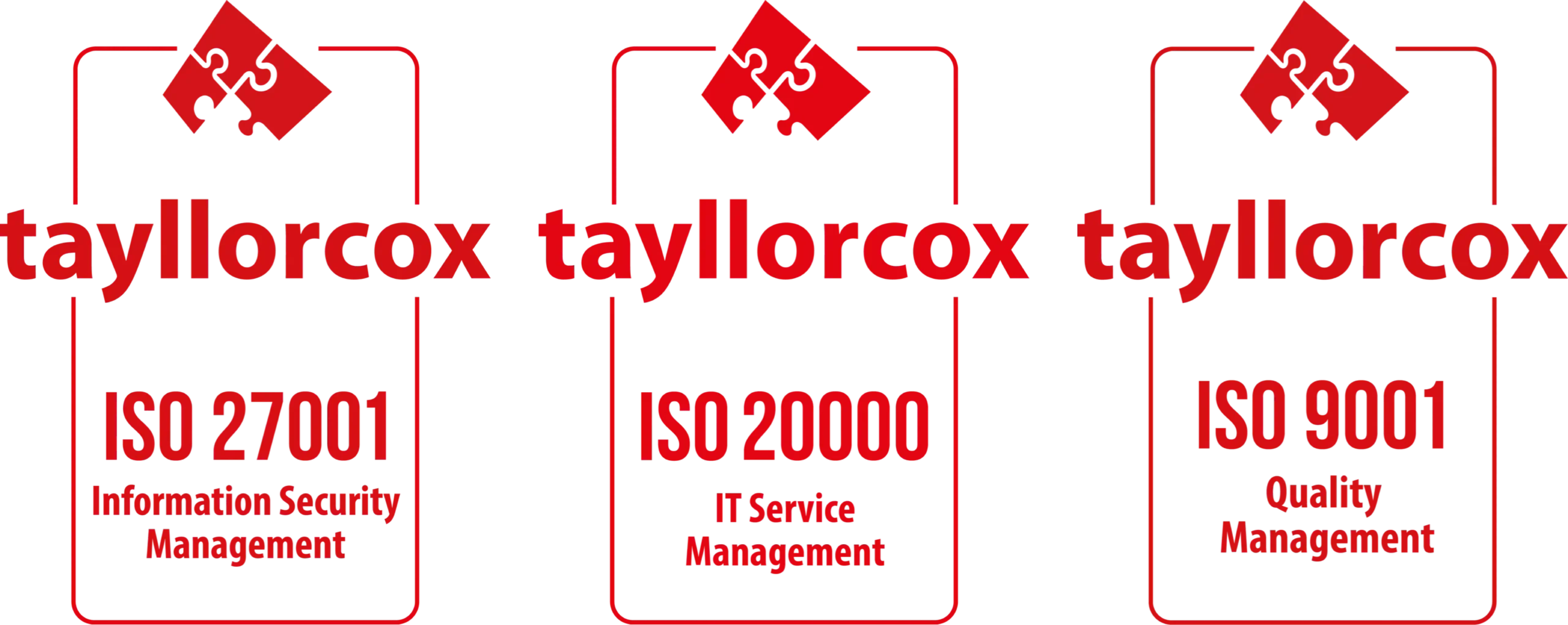Ceph Integration with Keystone
It is possible to integrate the Ceph Object Gateway with Keystone, the OpenStack identity service. This sets up the gateway to accept Keystone as the users authority. A user that Keystone authorizes to access the gateway will also be automatically created on the Ceph Object Gateway (if didn’t exist beforehand). A token that Keystone validates […]
Ceph Architecture
ARCHITECTURE Ceph uniquely delivers object, block, and file storage in one unified system. Ceph is highly reliable, easy to manage, and free. The power of Ceph can transform your company’s IT infrastructure and your ability to manage vast amounts of data. Ceph delivers extraordinary scalability–thousands of clients accessing petabytes to exabytes of data. A Ceph Node leverages commodity hardware and […]
Taikun OCP Limits
Servers in a Cluster The cluster boundaries define the constraints and capabilities of the OpenStack deployment within the Kubernetes environment. This encompasses the minimum and maximum limits for various components such as processing nodes, hypervisor resources, software-defined networking (SDN), and software-defined storage (SDS). These boundaries ensure efficient resource allocation and scalability within the Taikun OCP […]
Ceph Encryption
IMAGE ENCRYPTION Starting with the Pacific release, image-level encryption can be handled internally by RBD clients. This means you can set a secret key that will be used to encrypt a specific RBD image. This page describes the scope of the RBD encryption feature. Note The krbd kernel module does not support encryption at this time. Note […]
View and Manage Quotas
View and manage quotas To prevent system capacities from being exhausted without notification, you can set up quotas. Quotas are operational limits. For example, the number of gigabytes allowed for each project can be controlled so that cloud resources are optimized. Quotas can be enforced at both the project and the project-user level. Typically, you […]
Launch Virtual Machines (Instances)
Instances are virtual machines that run inside the cloud. You can launch an instance from the following sources: Launch an instance Note The name you assign here becomes the initial host name of the server. If the name is longer than 63 characters, the Compute service truncates it automatically to ensure dnsmasq works correctly. After […]
Manage Volumes via CLI
A volume is a detachable block storage device, similar to a USB hard drive. You can attach a volume to only one instance. Use the openstack client commands to create and manage volumes. Create a volume This example creates a my-new-volume volume based on an image. 2. List the availability zones, and note the ID of the availability zone […]
Hardware Inspection
Overview Inspection allows Bare Metal service to discover required node properties once required driver_info fields (for example, IPMI credentials) are set by an operator. Inspection will also create the Bare Metal service ports for the discovered ethernet MACs. Operators will have to manually delete the Bare Metal service ports for which physical media is not connected. There […]
Create a Domain, Projects, Users, and Roles
The Identity service provides authentication services for each OpenStack service. The authentication service uses a combination of domains, projects, users, and roles. 2. This guide uses a service project that contains a unique user for each service that you add to your environment. Create the service project: 3. Regular (non-admin) tasks should use an unprivileged project and […]
Install CLI
OpenStackClient (aka OSC) is a command-line client for OpenStack that brings the command set for Compute, Identity, Image, Object Storage and Block Storage APIs together in a single shell with a uniform command structure. Using OpenStackClient Getting Started Release Notes Contributor Documentation Project Goals Contributing OpenStackClient utilizes all of the usual OpenStack processes and requirements […]




